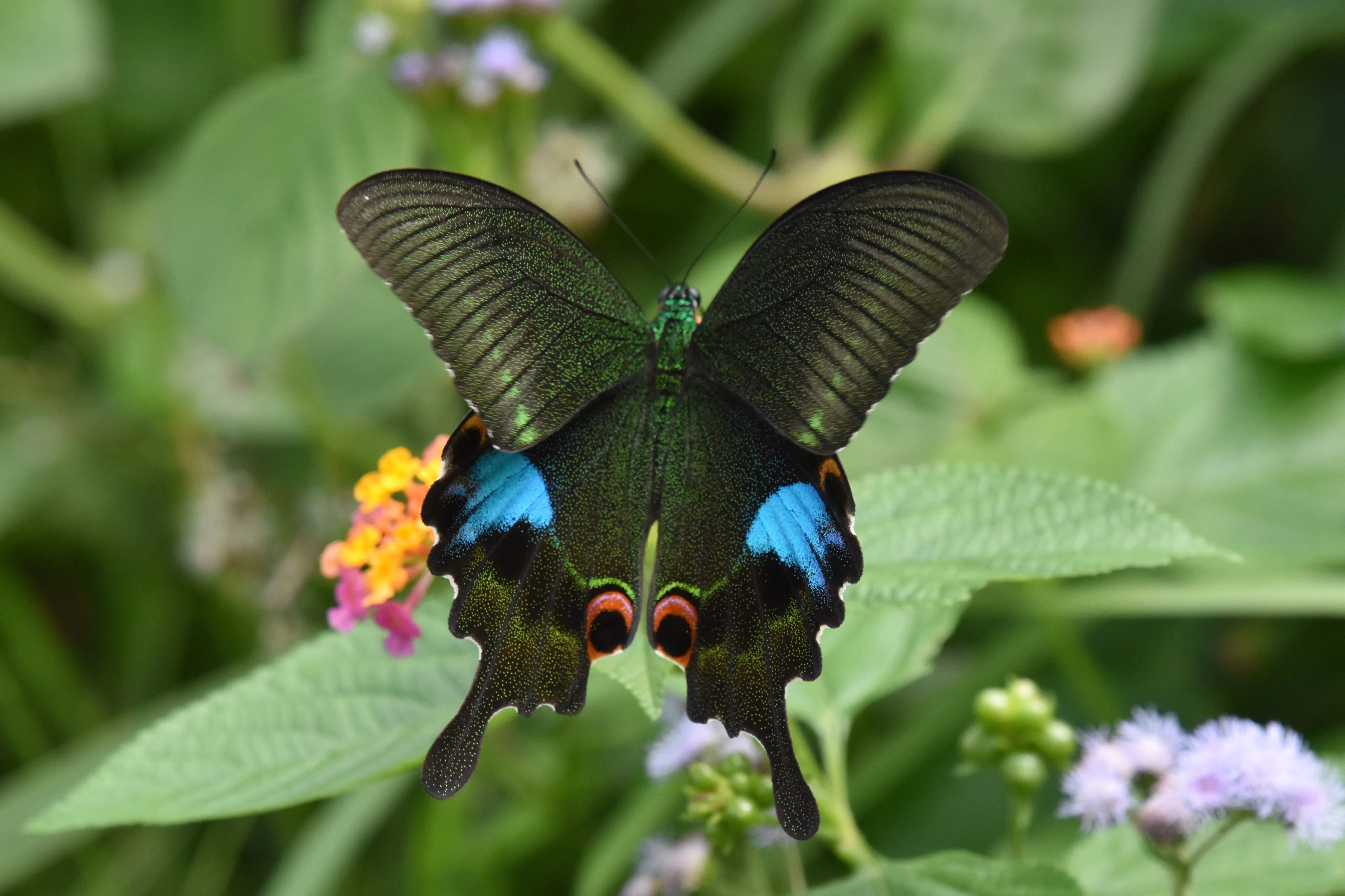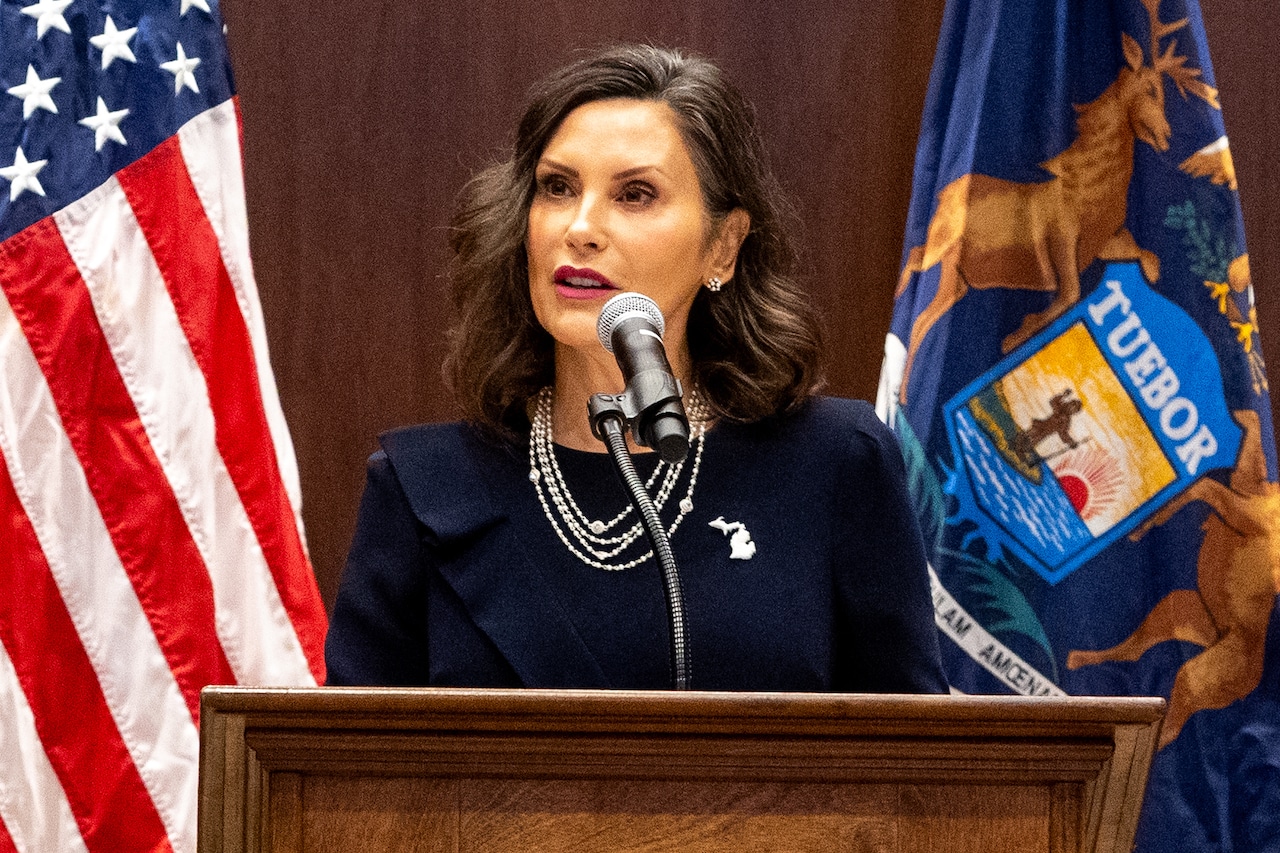By Kylie Knott
Copyright scmp

While Hong Kong is small considering its population of 7.5 million, with a total area of just 1,114 square kilometres (430 square miles), it is big on biodiversity, with 3,300 species of plants, 55 species of mammals, 200 species of freshwater fish, 116 species of reptiles and amphibians, and more than 580 bird species.
People might also be surprised to learn that Hong Kong is home to more than 240 species of butterflies and more than 2,000 species of moths. To give some perspective, England is home to just 59 species of butterflies.
One of the best places to indulge in butterfly watching is Kadoorie Farm and Botanic Garden (KFBG), a nature paradise covering 148 hectares (366 acres) nestled in the New Territories’ Tai Po district, near the slopes of Tai Mo Shan, Hong Kong’s highest mountain.
KFBG features Hong Kong’s first outdoor butterfly garden, and 80 per cent of all butterfly species in Hong Kong have been recorded there.
“Hong Kong has a high diversity of butterfly species due to its combination of a mild and humid subtropical climate, complex topography, and diverse ecosystems,” says Philip Lo, senior conservation officer (projects) of KFBG’s Conservation China Programme.
Open to the public, the garden boasts a vast range of native plant species, including larval host plants and nectar sources that have been planted there to attract butterflies and moths.
“The rich plant diversity also provides a wide range of host and nectar plants essential for butterfly survival,” says Lo.
This thoughtful design, Lo adds, not only attracts a rich diversity of butterflies but also showcases their ecological relationships with local flora.
“Beyond the butterfly garden, KFBG supports various butterfly habitats from forest stream valleys to vegetated peaks, providing visitors with opportunities to observe butterflies in their natural behaviours and settings.”
KFBG’s plant plan to lure insects is working: more than 171 butterfly species and 1,300 moth species have been recorded there.
By selecting plants that offer leaves favoured by caterpillars and nectariferous flowers – plants that produce nectar to attract pollinators sought by winged adults – many species are lured to the garden all year round.
It is a good thing, as they play vital ecological roles.
“Butterflies are important pollinators that help plants reproduce and keep ecosystems healthy,” says Lo. “Their caterpillars and themselves also serve as food for many insect-eating animals.”
And because butterflies are closely linked to plant diversity and are sensitive to environmental changes, they are good indicators of ecosystem health, he says.
Education is important at KFBG, which often hosts eco tours including butterfly watching sessions, where participants can learn about the insects’ habits in the wild and basic identification.
Participants can also get a close-up view of caterpillars in their natural environment while learning about the fascinating life cycle of butterflies.
With autumn’s butterfly season approaching – the peak butterfly season in Hong Kong runs from spring to autumn, with the best viewing periods generally being April to June and October to November – KFBG’s next butterfly-focused tours take place at the farm on October 4 and 11 for parents’ and kids’ sessions, and October 8 for individual sessions.
But while Hong Kong has an impressive variety of species, they face many challenges, with habitat loss being the most pressing threat.
“Lowland habitats, which are critical for many species, are poorly represented within the existing protected area system. As a result, butterflies that rely on these habitats are particularly vulnerable to urban development and other forms of land-use change,” says Lo.
Moreover, he adds, according to an assessment KFBG recently conducted, species associated with grasslands and shrub lands face a higher risk of extinction.
“When vegetation naturally regenerates, these open habitats gradually transform to tall shrub lands and woodlands through a process known as vegetation succession. This change will eventually lead to the decline of grassland and shrubland specialists due to the loss of the habitats they depend on.”
While butterfly species in Hong Kong are generally less sensitive to climate change than those found at high altitudes or in temperate regions, they are still affected in some way.
“The prolonged warm season may offer some advantages, such as allowing a longer active period until early winter,” Lo explains.
“However, a trend towards warmer and drier springs has been observed, which may disrupt the timing of budding and flowering [phenology] in native plants, potentially [causing] mismatches with the life cycles of certain butterfly species.”
Lo says there is a lot to discover about butterflies in Hong Kong, such as the city being home to two globally protected birdwing butterfly species: the common birdwing and the golden birdwing. The latter is also the largest butterfly species in China. Both can be observed at KFBG, says Lo.
Hong Kong, he adds, is also one of the earliest regions in China to conduct butterfly studies, with the first report published in 1862. More than 250 butterfly species have been recorded in Hong Kong, some of which are not found anywhere else in China.
For those keen to watch or photograph butterflies in their natural environment, Hong Kong has several urban and country parks to feed their hobby. Another great place is the Fung Yuen Butterfly Reserve near Tai Po Market.
Kadoorie Farm and Botanic Garden, Lam Kam Rd, Tai Po, New Territories.
Eco-Tour – butterfly walk (autumn session, individual), October 8, 9.45am-11.45am, HK$350 includes admission fees.
Eco-tour – butterfly walk (autumn session, parents and children). Participants must be children between the ages of five and 11 accompanied by an adult. October 4 and October 11, 9.45am-1.45pm. HK$600 per group of one child and one adult, includes admission fees.
Inquiries: Ms Tsang, tel: 2483 7178 or email kcc@kfbg.org.



